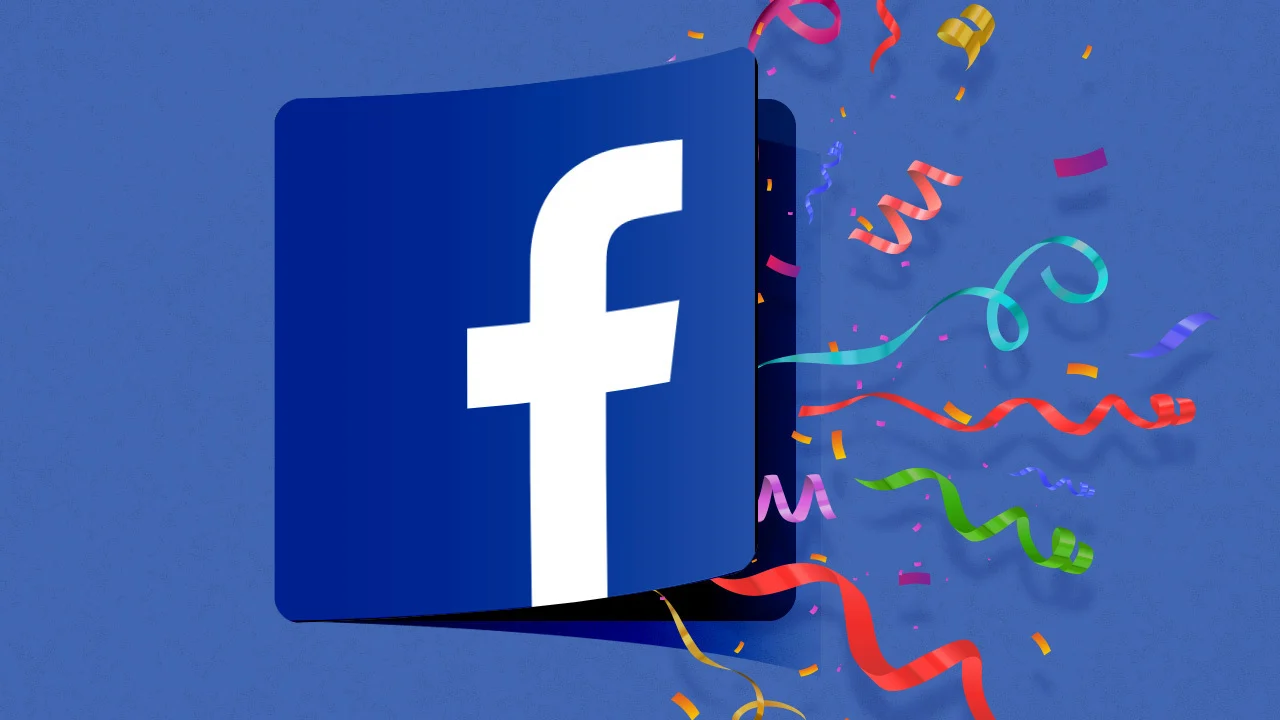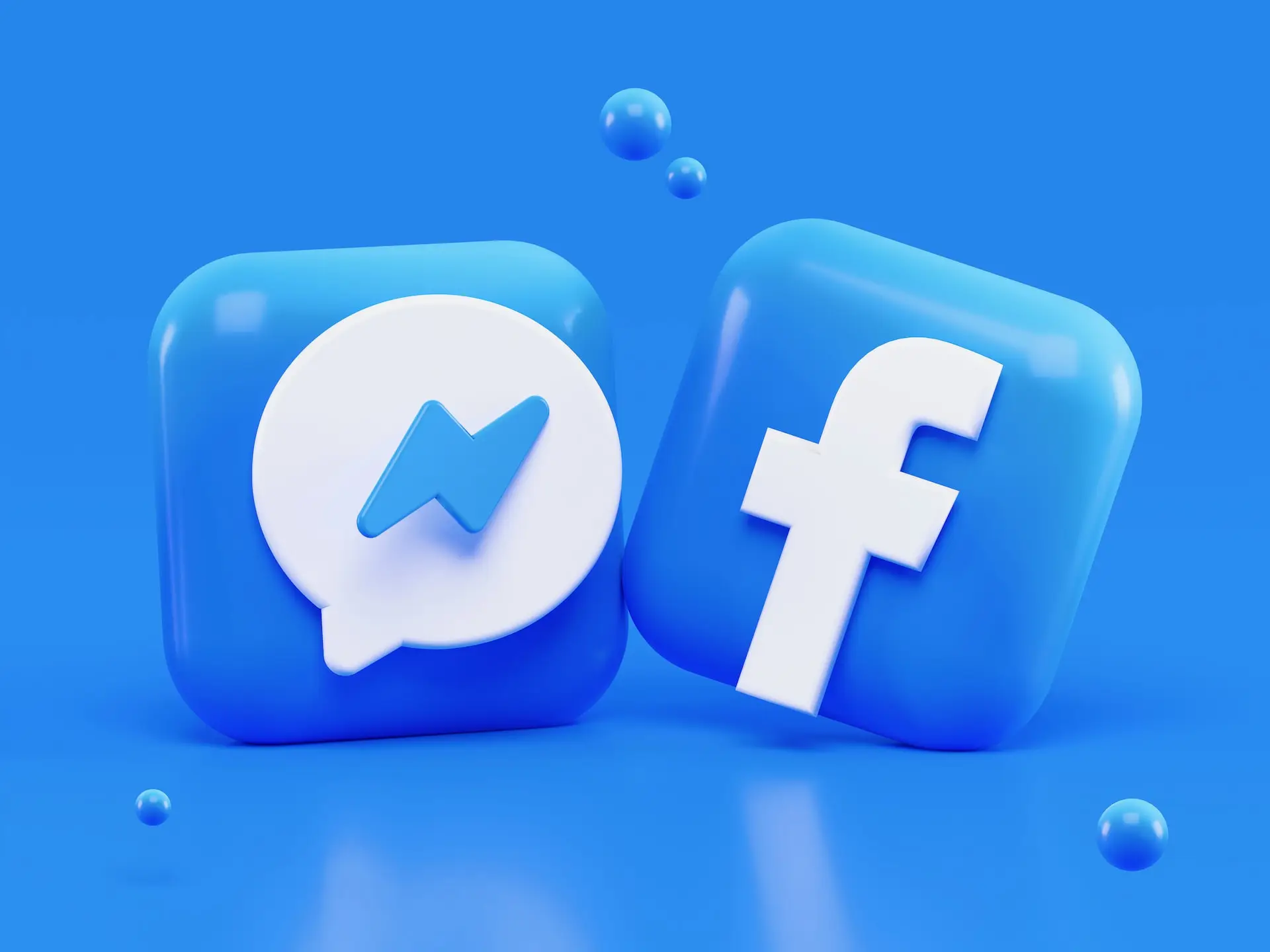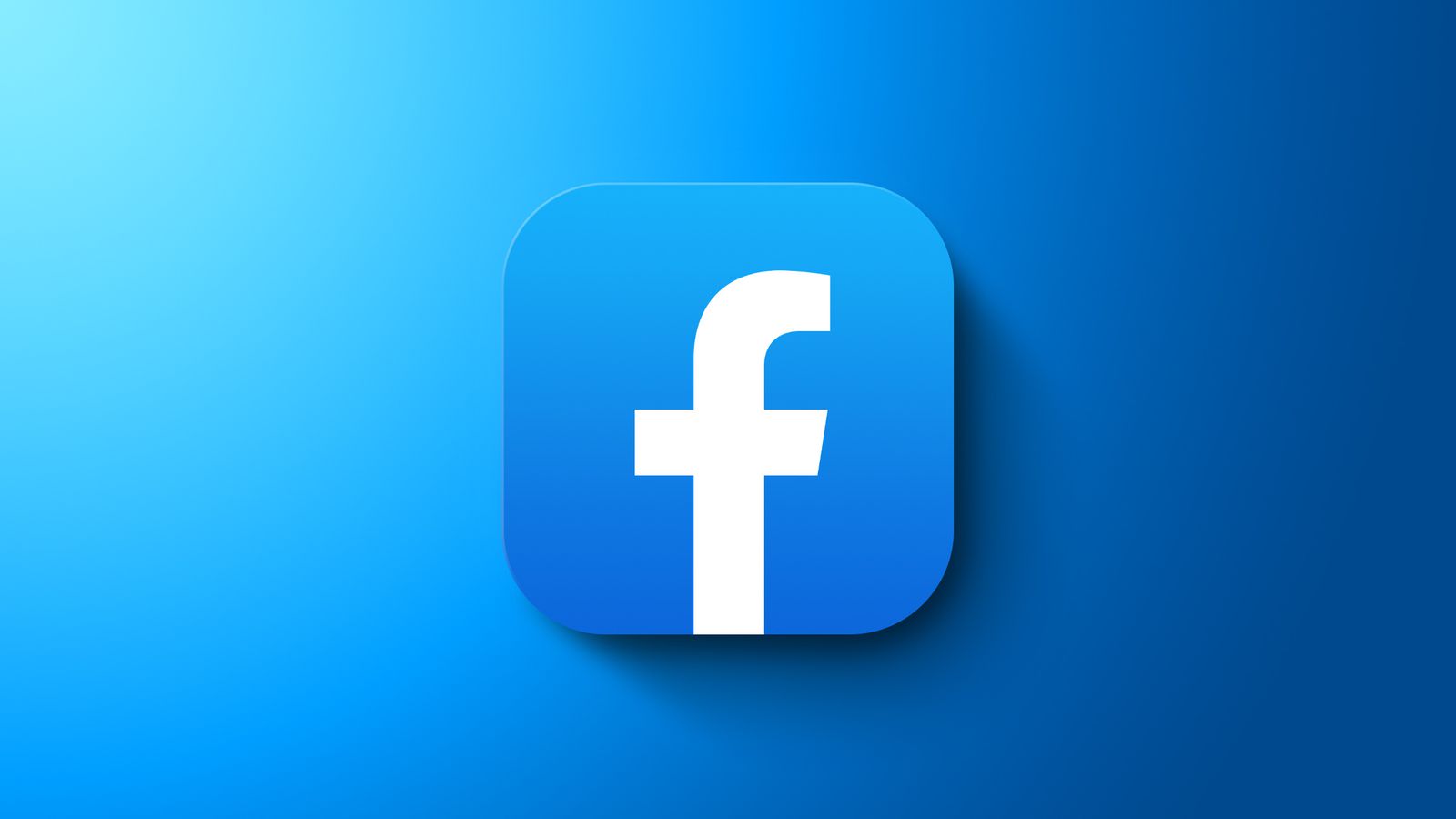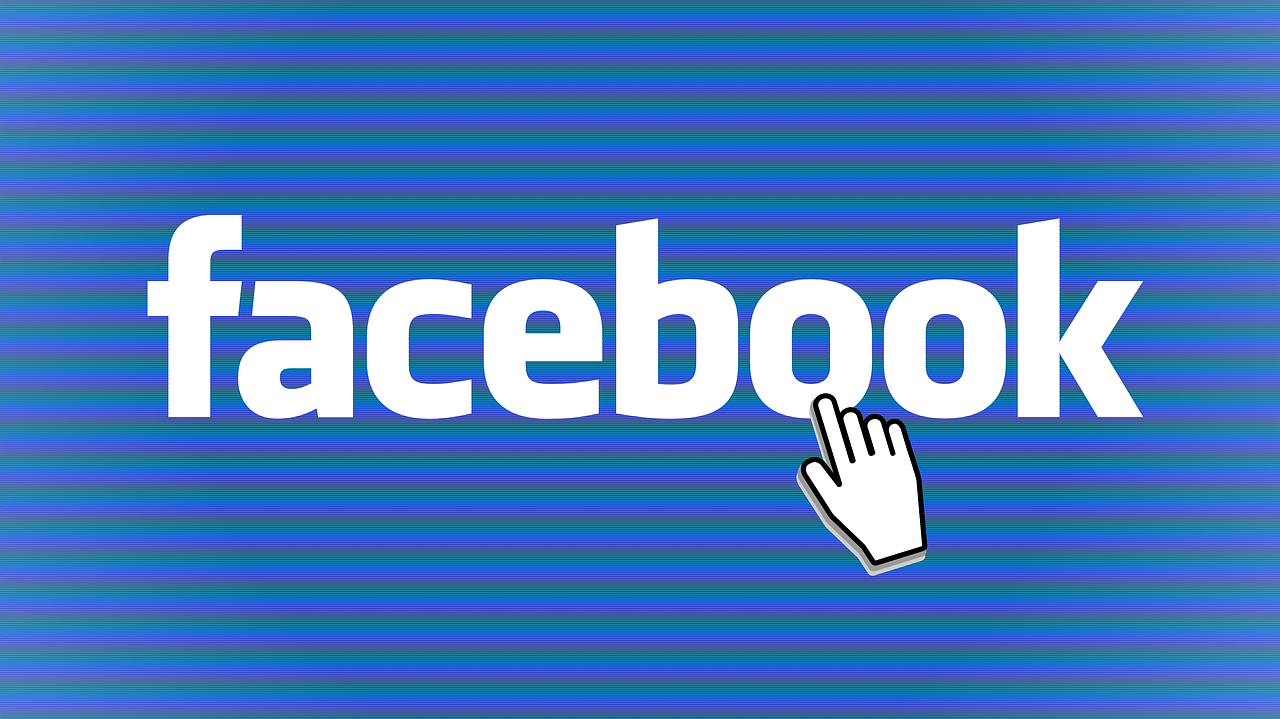Facebook, the social media giant that has become an integral part of our daily lives. Has a full form that many people might not be aware of. In this article, we will explore the full form of Facebook in both Hindi and English. As well as the full forms of other popular social media platforms like WhatsApp, Instagram, and Twitter. We will also delve into the full meaning of Facebook and the full form of “FB” in the context of school.
Facebook is a social media and social networking service owned by American technology conglomerate Meta Platforms. Created in 2004 by Mark Zuckerberg with four other Harvard College students and roommates. Eduardo Saverin, Andrew McCollum, Dustin Moskovitz, and Chris Hughes. Its name derives from the face book directories often given to American university students. Membership was initially limited to Harvard students, gradually expanding to other North American universities. Since 2006, Facebook allows everyone to register from 13 years old (or older), except in the case of a handful of nations. Where the age limit is 14 years. As of December 2022, Facebook claimed 3 billion monthly active users. As of October 2023, Facebook ranked as the 3rd most visited website in the world with 22.56%. Its traffic coming from the United States. It was the most downloaded mobile app of the 2010s.
Facebook Stylish Name
Facebook can be accessed from devices with Internet connectivity, such as personal computers, tablets and smartphones. After registering, users can create a profile revealing information about themselves. They can post text, photos and multimedia which are shared with any other users. Who have agreed to be their friend or, with different privacy settings, publicly. Users can also communicate directly with each other with Messenger, join common-interest groups, and receive notifications on the activities of their Facebook friends and the pages they follow.
The subject of numerous controversies, Facebook has often been criticized over issues such as user privacy political manipulation and mass surveillance. Facebook has also been subject to criticism over psychological effects such as addiction and low self-esteem. And various controversies over content such as fake news, conspiracy theories, copyright infringement, and hate speech. Commentators have accused Facebook of willingly facilitating. The spread of such content. As well as exaggerating its number of users to appeal to advertisers.

Timeline for Facebook:
2003–2006
Zuckerberg built a website called “Facemash” in 2003 while attending Harvard University. The site was comparable to Hot or Not and used “photos compiled from the online face books of nine Houses, placing two next to each other at a time and asking users to choose the “hotter” person”. Facemash attracted 450 visitors and 22,000 photo-views in its first four hours. The site was sent to several campus group listservs, but was shut down a few days later by Harvard administration. Zuckerberg faced expulsion and was charged with breaching security, violating copyrights and violating individual privacy. Ultimately, the charges were dropped. Zuckerberg expanded on this project that semester by creating a social study tool. He uploaded art images, each accompanied by a comments section, to a website he shared with his classmates.
A “face book” is a student directory featuring photos and personal information. In 2003, Harvard had only a paper version along with private online directories. Zuckerberg told The Harvard Crimson, “Everyone’s been talking a lot about a universal face book within Harvard. … I think it’s kind of silly that it would take the University a couple of years to get around to it. I can do it better than they can, and I can do it in a week. In January 2004, Zuckerberg coded a new website, known as “TheFacebook”, inspired by a Crimson editorial about Facemash, stating, “It is clear that the technology needed to create a centralized Website is readily available … the benefits are many.” Zuckerberg met with Harvard student Eduardo Saverin, and each of them agreed to invest $1,000 ($1,549 in 2022 dollars) in the site. On February 4, 2004, Zuckerberg launched “TheFacebook”, originally located at thefacebook.com.
Facebook Name Style
Six days after the site launched, Harvard seniors Cameron Winklevoss, Tyler Winklevoss, and Divya Narendra accused Zuckerberg of intentionally misleading them into believing that he would help them build a social network called HarvardConnection.com. They claimed that he was instead using their ideas to build a competing product. The three complained to the Crimson and the newspaper began an investigation. They later sued Zuckerberg, settling in 2008 for 1.2 million shares.
Membership was initially restricted to students of Harvard College. Within a month, more than half the undergraduates had registered. Dustin Moskovitz, Andrew McCollum, and Chris Hughes joined Zuckerberg to help manage the growth of the website. In March 2004, Facebook expanded to Columbia, Stanford and Yale. It then became available to all Ivy League colleges, Boston University, NYU, MIT, and successively most universities in the United States and Canada.
Facebook Full Form
In mid-2004, Napster co-founder and entrepreneur Sean Parker—an informal advisor to Zuckerberg—became company president. In June 2004, the company moved to Palo Alto, California. Sean Parker called Reid Hoffman to fund Facebook. However, Reid Hoffman was too busy launching LinkedIn so he set Facebook up with PayPal co-founder Peter Thiel, who gave Facebook its first investment later that month. In 2005, the company dropped “the” from its name after purchasing the domain name Facebook.com for US$200,000. The domain had belonged to About Face Corporation.
In May 2005, Accel Partners invested $12.7 million in Facebook, and Jim Breyer added $1 million of his own money. A high-school version of the site launched in September 2005. Eligibility expanded to include employees of several companies, including Apple Inc. and Microsoft.
2006–2012:
In May 2006, Facebook hired its first intern, Julie Zhuo. After a month, Zhuo was hired as a full-time engineer. On September 26, 2006, Facebook opened to everyone at least 13 years old with a valid email address. By late 2007, Facebook had 100,000 pages on which companies promoted themselves. Organization pages began rolling out in May 2009. On October 24, 2007, Microsoft announced that it had purchased a 1.6% share of Facebook for $240 million , giving Facebook a total implied value of around $15 billion. Microsoft’s purchase included rights to place international advertisements.
In May 2007, at the first f8 developers conference, Facebook announced the launch of the Facebook Developer Platform. Providing a framework for software developers to create applications that interact with core Facebook features. By the second annual f8 developers conference on July 23, 2008. The number of applications on the platform had grown to 33,000. The number of registered developers had exceeded 400,000.
The website won awards such as placement into the “Top 100 Classic Websites” by PC Magazine in 2007. The “People’s Voice Award” from the Webby Awards in 2008. In early 2008, Facebook became EBITDA profitable, but was not cash flow positive yet.

Best Name For Facebook
On July 20, 2008, Facebook introduced “Facebook Beta”, a significant redesign of its user interface on selected networks. The Mini-Feed and Wall were consolidated, profiles were separated into tabbed sections, and an effort was made to create a cleaner look. Facebook began migrating users to the new version in September 2008. In July 2008, Facebook sued Studi VZ, a German social network that was alleged to be visually and functionally similar to Facebook.
In October 2008, Facebook announced that its international headquarters would locate in Dublin, Ireland. A January 2009 Compete.com study ranked Facebook the most used social networking service by worldwide monthly active users China blocked Facebook in 2009 following the Ürümqi riots.
In 2009, Yuri Milner’s DST , alongside Uzbek Russian metals magnate Alisher Usmanov, invested $200 million in Facebook when it was valued at $10 billion. A separate stake was also acquired by Usmanov’s USM Holdings on another occasion. According to the New York Times in 2013, “Mr. Usmanov and other Russian investors at one point owned nearly 10 percent of Facebook, though precise details of their ownership stakes are difficult to assess.” It was later revealed in 2017 by the Paradise Papers that lending by Russian state-backed VTB Bank and Gazprom’s investment vehicle partially financed these 2009 investments, although Milner was reportedly unaware at the time.
Facebook office in India
In May 2009, Zuckerberg said of the $200 million Russian investment, “This investment is purely buffer for us. It is not something we needed to get to cash flow positive.” In September 2009, Facebook became cash flow positive ahead of schedule after closing a roughly $200 million gap in operating profitability.
In 2010, Facebook won the Crunchie “Best Overall Startup Or Product” award for the third year in a row.
The company announced 500 million users in July 2010. Half of the site’s membership used Facebook daily, for an average of 34 minutes, while 150 million users accessed the site from mobile devices. A company representative called the milestone a “quiet revolution”. In October 2010 groups were introduced. In November 2010, based on SecondMarket Inc. (an exchange for privately held companies’ shares), Facebook’s value was $41 billion ($55 billion in 2022 dollars). The company had slightly surpassed eBay to become the third largest American web company after Google and Amazon.com.
Meta
On November 15, 2010, Facebook announced it had acquired the domain name fb.com from the American Farm Bureau Federation for an undisclosed amount. On January 11, 2011, the Farm Bureau disclosed $8.5 million ($11.1 million in 2022 dollars) in “domain sales income”, making the acquisition of FB.com one of the ten highest domain sales in history.
In February 2011, Facebook announced plans to move its headquarters to the former Sun Microsystems campus in Menlo Park, California. In March 2011, it was reported that Facebook was removing about 20,000 profiles daily for violations such as spam, graphic content and underage use, as part of its efforts to boost cyber security. Statistics showed that Facebook reached one trillion page views in the month of June 2011, making it the most visited website tracked by DoubleClick. According to a Nielsen study, Facebook had in 2011 become the second-most accessed website in the U.S. behind Google.

2012–2013
In March 2012, Facebook announced App Center, a store selling applications that operate via the website. The store was to be available on iPhones, Android devices, and for mobile web users.
Facebook’s initial public offering came on May 17, 2012, at a share price of US$38. The company was valued at $104 billion, the largest valuation to that date. The IPO raised $16 billion , the third-largest in U.S. history, after Visa Inc. in 2008 and AT&T Wireless in 2000. Based on its 2012 income of $5 billion Facebook joined the Fortune 500 list for the first time in May 2013, ranked 462. The shares set a first-day record for trading volume of an IPO The IPO was controversial given the immediate price declines that followed, and was the subject of lawsuits, while SEC and FINRA both launched investigations.
Zuckerberg announced at the start of October 2012 that Facebook had one billion monthly active users, including 600 million mobile users, 219 billion photo uploads and 140 billion friend connections.
On October 1, 2012, Zuckerberg visited Russian Prime Minister Dmitry Medvedev in Moscow to stimulate social media innovation in Russia and to boost Facebook’s position in the Russian market.
Facebook Full Form in Hindi:
The full form of Facebook in Hindi is “फेसबुक.” It is a combination of two words: “फेस” (face) and “बुक” (book). The term “फेसबुक” translates to “face book” in English, which refers to a book containing the faces of people. This is a fitting name for a social media platform that allows users to connect with friends and family, share photos and videos, and stay updated on news and events.
Facebook Full Form in English:
The full form of Facebook in English is “Face Book.” It is a combination of two words: “face” and “book.” The term “Face Book” refers to a book containing the faces of people. This is a fitting name for a social media platform that allows users to connect with friends and family, share photos and videos, and stay updated on news and events.
WhatsApp Full Form:
The full form of WhatsApp is “What’s Up.” It is a combination of two words: “what” and “up.” The term “What’s Up” is a colloquial expression used to ask someone what is happening or how they are doing. This is a fitting name for a messaging app that allows users to send text messages, voice messages, photos, and videos to their contacts.
Instagram Full Form:
The full form of Instagram is “Instant Telegram.” It is a combination of two words: “instant” and “telegram.” The term “Instant Telegram” refers to a messaging service that allows users to send and receive messages instantly. This is a fitting name for a social media platform that allows users to share photos and videos instantly with their followers.
Twitter Full Form:
The full form of Twitter is “Tweets With Replies.” It is a combination of two words: “tweets” and “replies.” The term “Tweets With Replies” refers to a social media platform that allows users to send and receive short messages called tweets, as well as reply to tweets from other users. This is a fitting name for a platform that is known for its brevity and real-time nature.
Facebook Full Meaning:
The full meaning of Facebook is “Face Book.” It is a combination of two words: “face” and “book.” The term “Face Book” refers to a book containing the faces of people. This is a fitting name for a social media platform that allows users to connect with friends and family, share photos and videos, and stay updated on news and events.
Read Also: Mahindra XUV 200 is priced starting at just ₹7.95 lakh.
FB Full Form in School:
The full form of “FB” in the context of school is “Feedback.” It is a term used to refer to the process of providing feedback to students on their performance in class. This is a fitting name for a platform that allows teachers to provide feedback to students on their assignments, quizzes, and exams.
In conclusion, the full form of Facebook in both Hindi and English is “Face Book.” Which refers to a book containing the faces of people. The full forms of other popular social media platforms like WhatsApp, Instagram, and Twitter are “What’s Up,” “Instant Telegram,” and “Tweets With Replies,” respectively. The full meaning of Facebook is “Face Book,” and the full form of “FB” in the context of school is “Feedback.”




